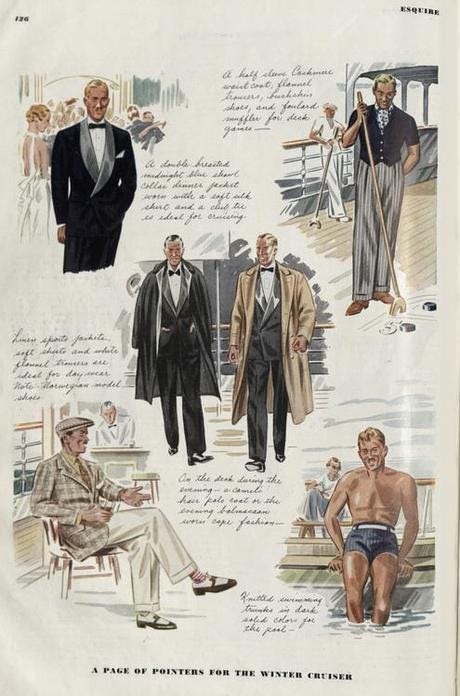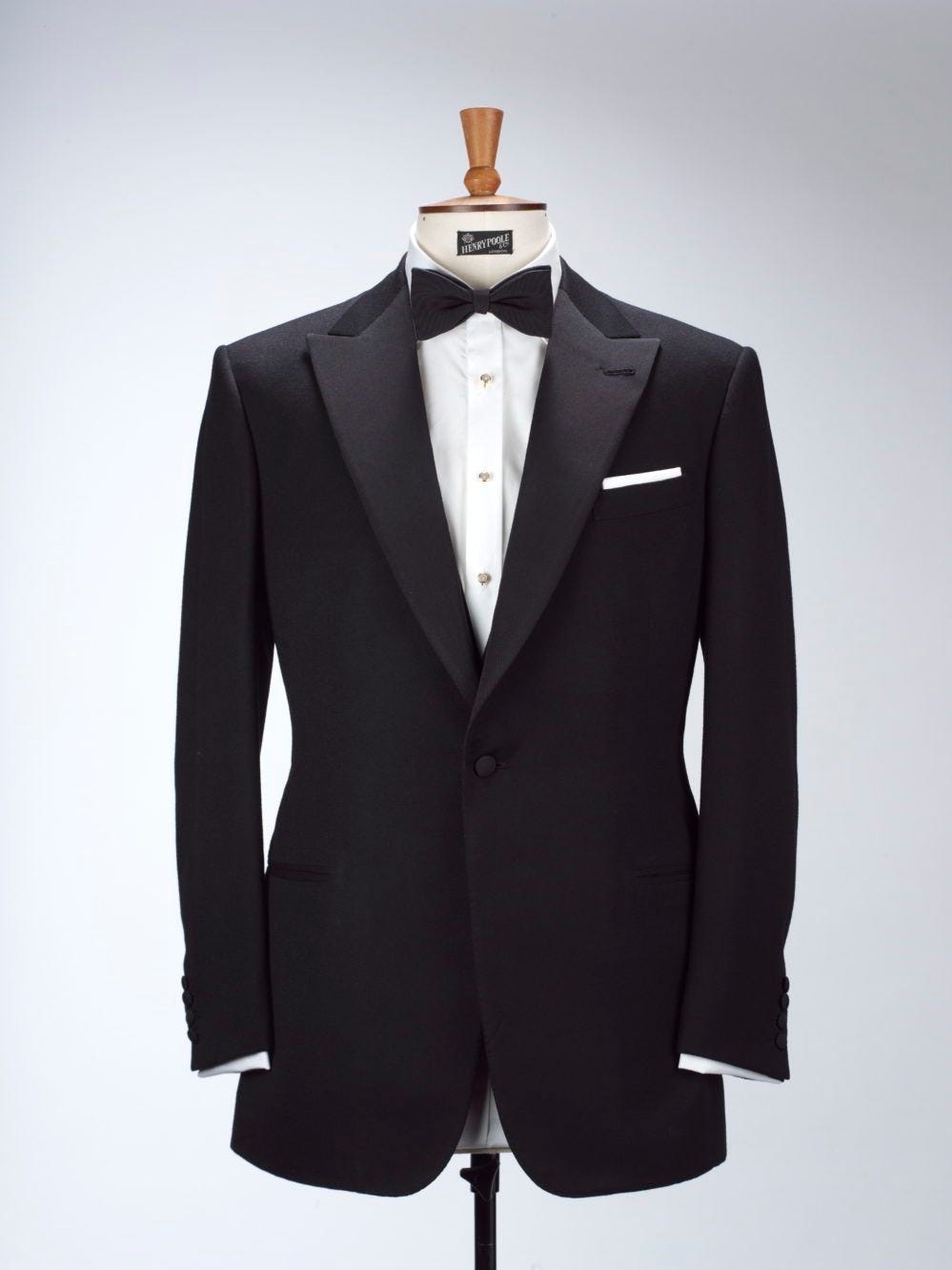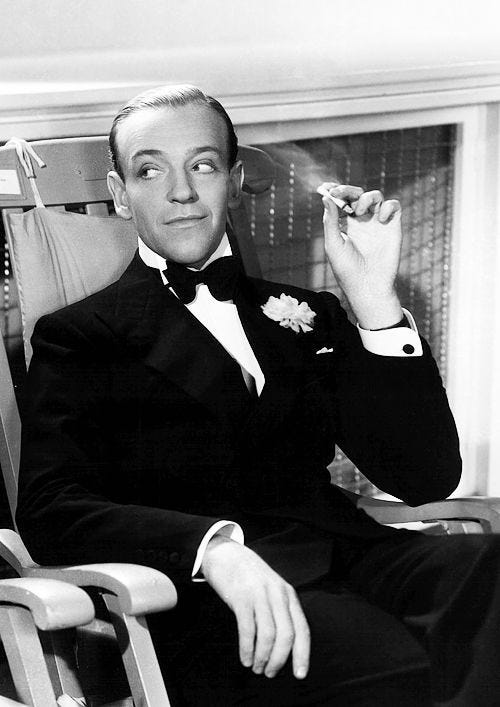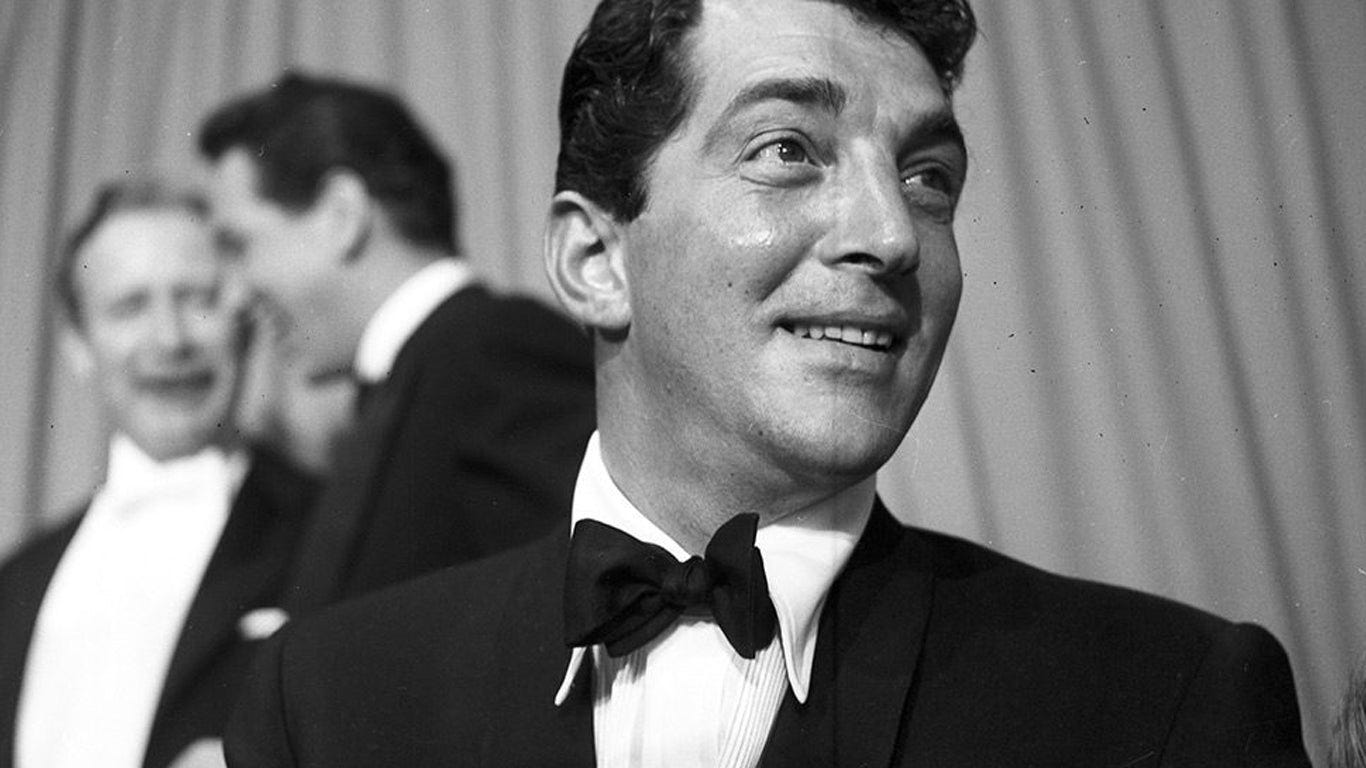Make Black Tie Cool Again
How To Wear It Without Any Wedding Invitation
Black Tie…
Oh…the sacred word that modern day seems to hail as the pinnacle of dressing up.
Whenever people think of this dress code—the idea of “high society gala,” “middle to upper class wedding,” or “fancy theme event”—will always come up.
I do understand it though.
In these days and nights where men and women no longer need to conform to a specific standard, no need to “change clothes” for the sake of having dinner, no need to put on a tailored jacket for a place like a hotel lounge or social club.
(Since Smart Casual is the maximum level of expectation the world has for you whenever a dress code is presented.)
Thus, the idea of a gentleman in a dinner jacket and black silk bow tie has faded from the day-to-day eyesight of society—preserved for only once or even none in a lifetime of the modern man.
But after I tried to bring it back for my own ritual on a weekly basis… the thing I can say for now is that 2025 is probably the best time to wear a tuxedo since its invention during the late 19th century.
Wonder why?
Because we have come a long way from the age of restriction, expectation, and rigidity—to behave—instead, into the age of deliberation and freedom of choice: the freedom to choose to wear it more freely than ever.
To understand this statement, allow me to give you the context of this attire so-called “tuxedo” or “black tie” ensemble as a whole.
Purpose of “Tuxedo”
Back in the age when men still wore long coats and followed the tradition of daywear and evening wear separation (as usual in the early to mid-19th century), the idea of a shortened coat (known as a jacket today), a black bow tie, and a black cummerbund or waistcoat had not yet occurred.
Not until 1865, when the sartorial aristocrat—who popularized the idea of not buttoning the bottom button and turning up hems at trouser cuffs—the Prince of Wales (later King Edward VII), took the idea of the smoking jacket (the predecessor of the modern dinner jacket) and turned it into an evening wear garment that could stand at least on par—or slightly below—the formality of white tie and tailcoat. This was made by the legendary tailor Henry Poole on Savile Row.
“It is therefore likely that these social peacocks copied the Prince of Wales and introduced the dinner jacket to New York society (and subsequently the Tuxedo Club) a full 20 years before the apocryphal Potter incident. Whatever the case, the tuxedo, or whatever else it is called around the world, began with Henry Poole.” — Royal coat that became a blueprint for the dinner jacket, Henry Poole & Co. Journal
Since the late 19th century, this thing called the dinner jacket began gaining popularity in the U.S., gradually sneaking into the concept of appropriateness in evening wear, overtaking the White Tie ensemble.
By the 1920s—the Jazz Age—Black Tie was fully embraced by cosmopolitan, aspiring youth culture and high society, marked as the expected (or at least aspired) garment for a man to wear in the evening.
An act that turned into a myth and a norm in the 1930s—the Golden Age of Menswear. Even after WWII and the post-war era of the 1940s and ’50s, the act of wearing a Black Tie ensemble remained a statement for the evening (even though it gradually transformed into a more sophisticated garment rather than a standard expectation).
The end of this glorified story, as you may guess, began fading with the incursion of counterculture in the 1960s… which disrupted the entire idea of sartorial elegance—Black Tie and the ritual of evening wear being among them.
Still, when you look into its essence, the initial purpose of Black Tie or Tuxedo was all about the act of leisure and sophistication with ease (at least by late 19th-century standards, where dressing up was more complex than today).
Now, the idea I would like to propose to you is this:
Bring back evening wear—ideally Black Tie—as an act of defiance, as a symbol of standards for moments that deserve it.
Because from what I can say after trying it for four consecutive weeks—the feeling when you masterfully tie a grosgrain black bow tie yourself, then put on a dinner jacket over a dinner shirt—is unlike anything you’ve ever worn in your life.
“In a tuxedo, I’m a star. In regular clothes, I’m a nobody.” - Dean Martin
If you’ve ever worn a tailored suit, recall the feeling of wearing it for the first time—then multiply it by 5 to 10 times… and you’ll get an idea of how a tuxedo can make you feel.
There are specific reasons why this ensemble was the staple of eveningwear for 4–5 decades during the early to mid-20th century. It stands in the middle—between the grandeur of white tie and the utility of the lounge suit—all while making you feel like a refined man, allowing you to step into a version of yourself you probably never imagined.
Plus, it’s a disciplinary act in a humanistic sense.
These days, the idea of coming home from work and intentionally changing your entire outfit to celebrate the evening has slipped away from society’s norm. (No wonder—because even the intention to dress up is already too much to ask for many.)
But if you’re a discerning man with the desire to live life to the fullest, to celebrate the culture of a bygone era, and to hold onto a certain standard—I invite you to the Black Tie Revival of 2025, and its savoir faire on how to do it right, from the details of garments to the context of wearing them (no formal invitation with ‘Black Tie’ printed required).







